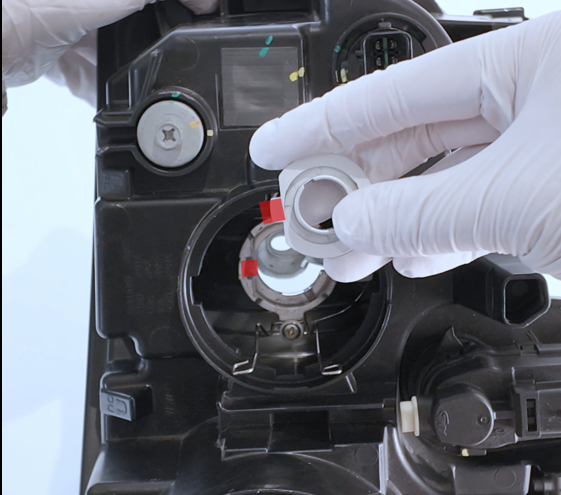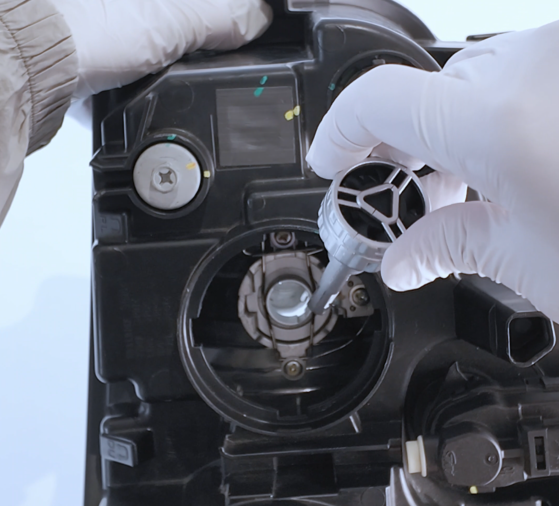Car LED Headlight Buying Guide: The Optimal Match for Vehicle Model and Driving Environment
14 August 2025
by CONPEX
Reading volume: 1106
Car LED headlights are gradually replacing traditional halogen and xenon lamps due to their high brightness, energy efficiency, and ease of maintenance, becoming the preferred choice for more and more car owners. However, with the wide variety of LED headlights on the market, different car models and driving environments have different lighting requirements. How can you choose LED headlights that both match your car and improve driving safety? CONPEX explains in detail below.
1. Choose the lamp type and connector based on the vehicle model
Different car models have different connector specifications. Common ones include H1, H3, H7, H11, 9005, 9006, 9012, and H4. If the connector type doesn't match, even the best bulb won't fit. Additionally, some models require space inspection to avoid conflicts between large radiators or fans and the original vehicle structure.
Tip: Before purchasing, it's best to check the vehicle manual or the original vehicle bulb model to ensure a precise match.


2. Choose brightness and color temperature based on driving conditions.
For urban driving: We recommend white LEDs with a color temperature of 5500K-6000K. They are bright enough, less tiring, and provide clear vision.
For highways and mountain roads: Choose LED headlights with higher brightness (e.g., 60W or higher) for a longer range and enhanced visibility.
For areas prone to rain and fog: We recommend warm white LEDs with a lower color temperature (around 4300K) for greater penetration and clearer vision in rainy and foggy conditions.
3. Focus on heat dissipation to extend lifespan.
LED light sources offer a long lifespan, but only if heat dissipation is adequate. High-quality LED headlights utilize efficient heat dissipation solutions such as aircraft aluminum, copper tubes for heat conduction, and hydraulic or turbo fans. Better heat dissipation slows the LED chip's light decay, ensuring a lifespan of 30,000-50,000 hours.
4. Consider water and dust resistance.
The outdoor environment is complex, especially in rain, snow, or on flooded roads, so the headlights' protective performance is crucial. It's recommended to choose LED headlights with a waterproof rating of IP65 or higher, which effectively prevents rain and dust from entering the lamp body and ensures stable lighting.
5. Choose a reliable brand and warranty
Low-priced automotive LED headlights on the market often have issues such as inflated brightness and insufficient heat dissipation. Long-term use can damage the circuitry or compromise safety. Choosing a brand with quality certifications and after-sales service guarantees can reduce worries.
Conclusion
Choosing the right automotive LED headlights for different vehicle models and driving conditions not only improves nighttime driving comfort and safety, but also extends the lifespan of the lights. The right fit is always best. Blindly pursuing high brightness while ignoring compatibility and quality can be counterproductive.






